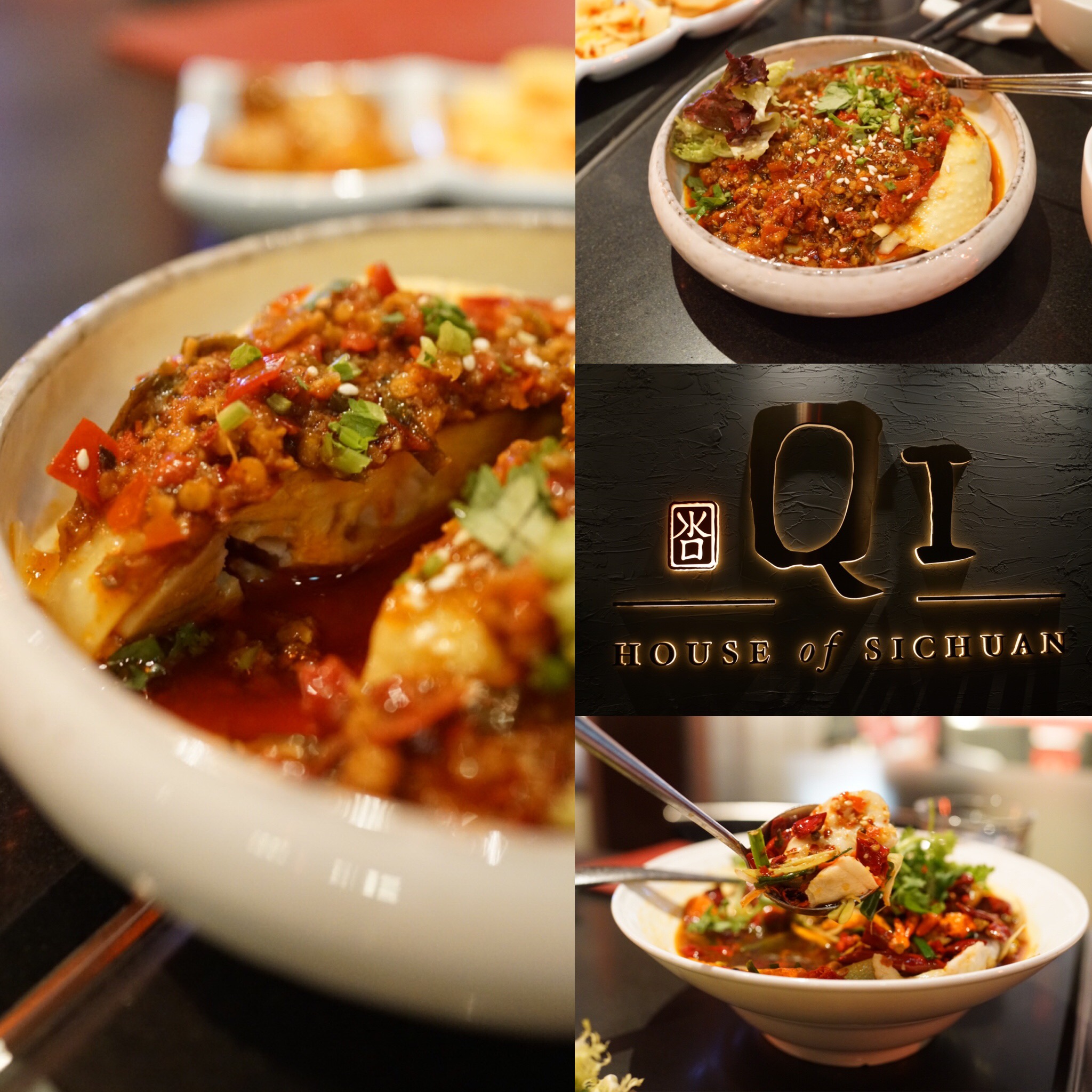
This is post #33, part of my #50PostsIn50Days personal challenge to document my first 100 days in Hong Kong. Other posts in this series may be found at the bottom of the original post.
I learned a mind blowing fact the other day.
Did you know that Sichuan cuisine was not always spicy? Hot chili peppers are not native to China. The people of Sichuan have always loved bold, flavorful foods, but used local Sichuan peppercorns, the numbing spice that is still broadly associated with Sichuan cuisine, as well as garlic and scallions to achieve these flavors.
South America introduced China to hot chili peppers in the late 1500's. The pepper slowly made its way up the Yangzhe River, reaching Sichuan, Hunan, Hubeo, and Guizhou, provinces that are all associated with hot, spicy food today.
Today, the word Sichuan is virtually synonymous with hot and spicy food. Sichuan cuisine is celebrated all over China as one of the eight great cuisines. Furthermore, it has made phenomenal in-roads around the world.
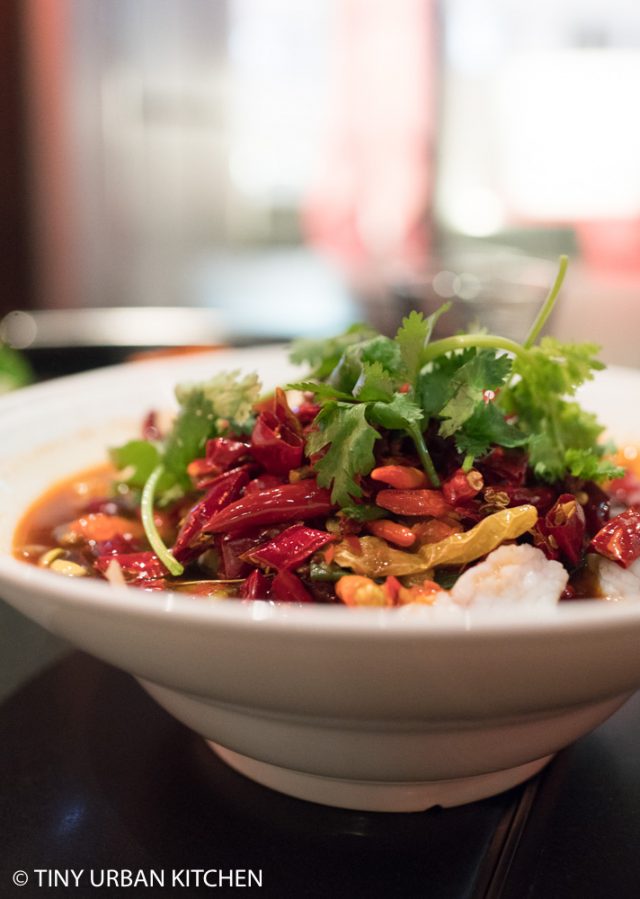
Hong Kong has its fare share of great Sichuan restaurants. Because the Cantonese palate is lighter than other fiery parts of China, some restaurants tame down the fiery spice levels of Sichuan food in Hong Kong in order to appease the local taste buds.
We had a Chinese friend from Jiangxi province visiting us in Hong Kong. Although Jiangxi cuisine is less known outside of China, within China they are known for eating some of the spiciest and most intensely flavored foods. They even eat stir fried chili peppers straight as a vegetable (!).
We decided to take our friend to Qi House of Sichuan, a one-Michelin starred Sichuan restaurant in Wan Chai that was well-regarded for its authentic Sichuan dishes.

Qi House of Sichuan is located on the first floor of the upscale apartment complex J Residences. The decor is dominated by the colors of black and red. We saw an outdoor patio, but because it was hot outside, we decided to sit in the comfort of the air conditioned interior.
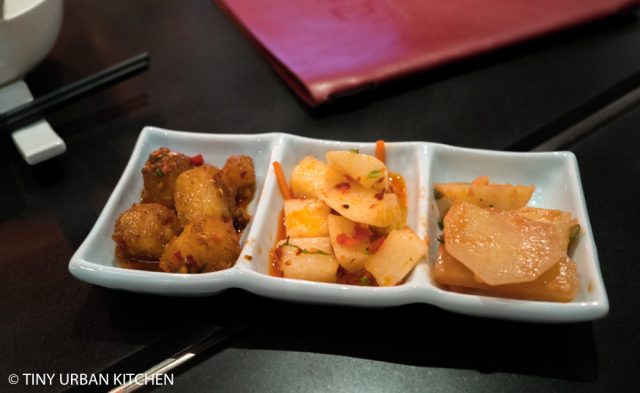
The server soon brought over some free "snacks", mostly variety of spicy pickled vegetables, while we perused the menu. The menu is divided up into logical sections such as cold appetizers, hot appetizers, dim sum, soups, noodles, rice, and various types of meat. Each dish is marked with symbols denoting whether it is "mala" (spicy and numbing", "la" (spicy), "chef's recommended", or "vegetarian." A dish can have more than one symbol.
We followed their lead and chose dishes that were recommended by the restaurant, ordering a nice variety of "la" and "mala".
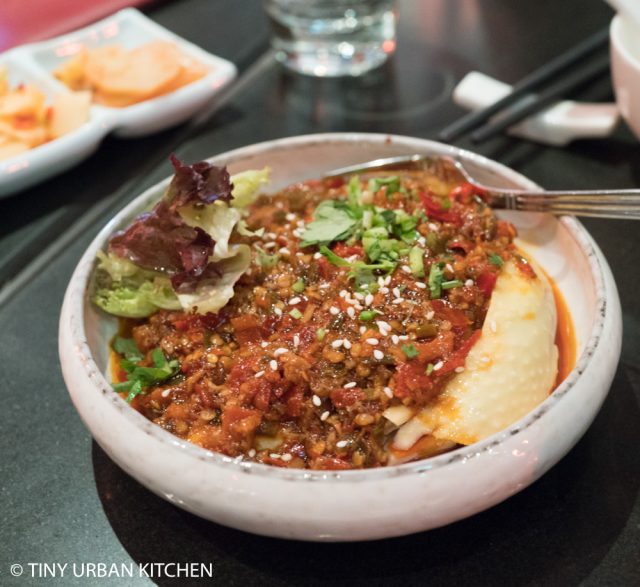 |
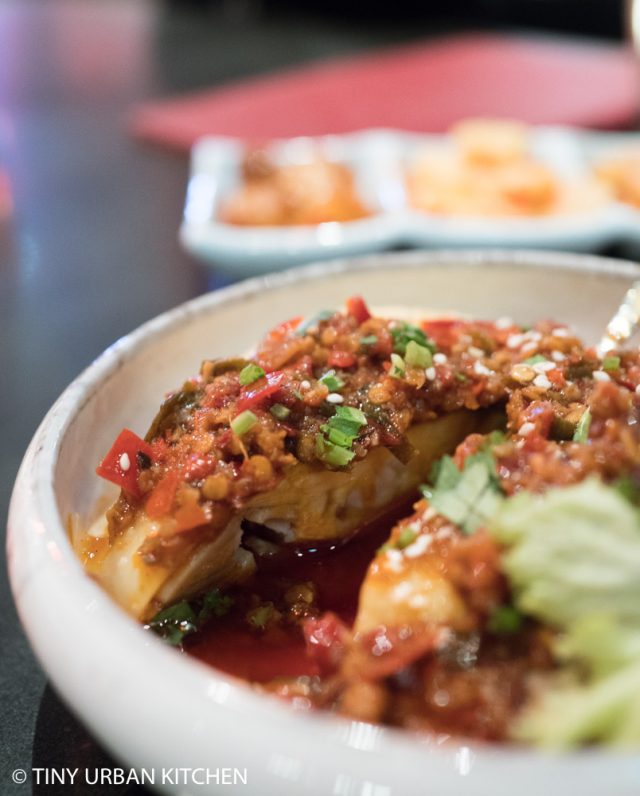 |
We started with an appetizer of Mouthwatering Boneless Chicken 口水雞 ($85 HKD), one of Sichuan's most signature dishes. This is a cold dish consisting of tender poached chicken topped with a fiery and numbing chili sauce. On the menu, it was denoted as a "mala" (numbing) dish.
This dish was excellent. The chicken was really tender and the sauce was quite potently spicy yet flavorful at the same time. I enjoyed it, but I had to take breaks!

We really enjoyed the Mapo Tofu 麻婆豆腐 ($105 HKD), another "mala" dish, which included generous amounts of Sichuan peppercorn on top to give it that extra numbing kick.
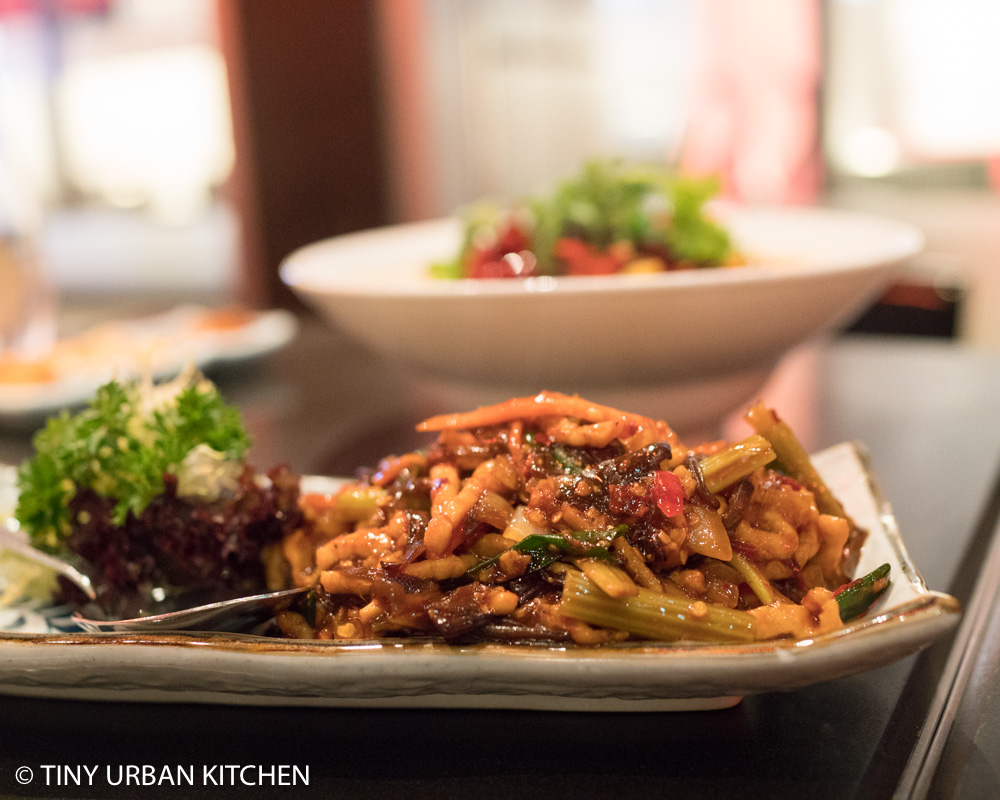
The Sizzling Eggplant with Pork Slices ($115), denoted as a "la" dish, was great. The pork was sliced into small strips and the eggplant was soft and tender. The flavors were bold, and quite spicy as well!
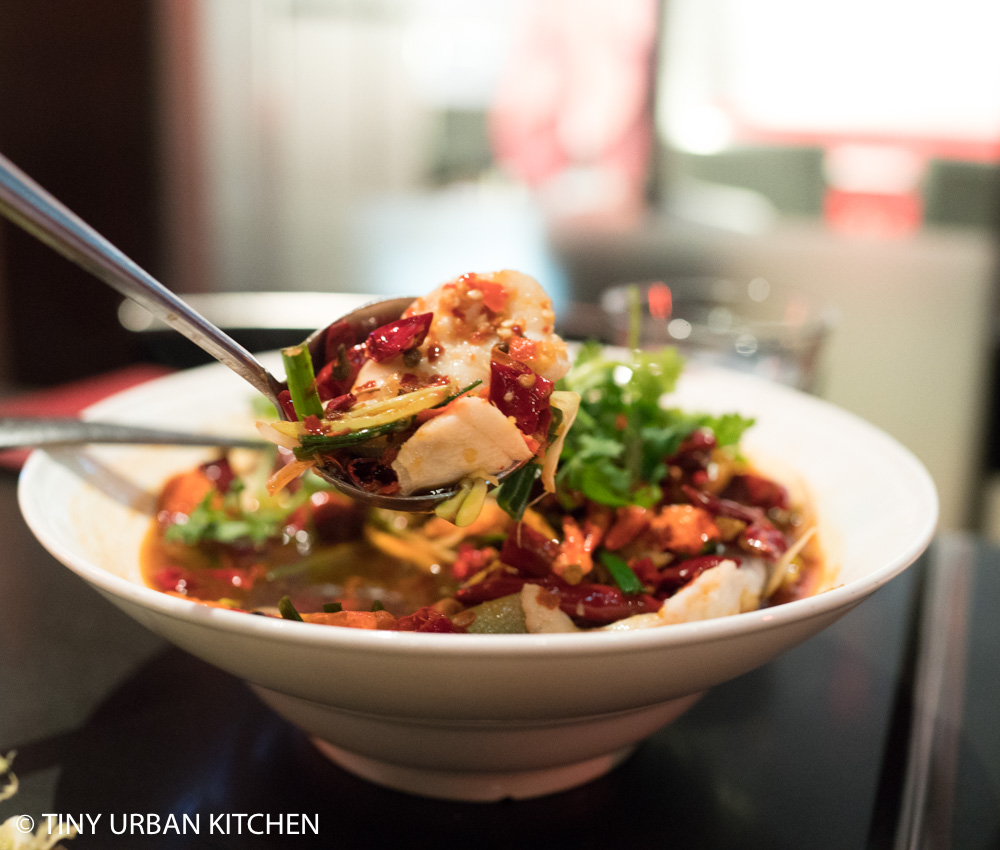
Finally, we had to get one of my favorite Sichuan dishes, the Braised Mandarin Fish Filet in Chili Oil Soup ($240 HKD small / $300 HKD large), another "mala" dish. The version at Qi House of Sichuan is made with Mandarin Fish (or Chinese perch), a freshwater predator fish native to China that has a relatively mild flavor.
This dish was very flavorful but also very spicy (at least for me, ha ha!). We couldn't tell that we were eating a river fish (it didn't have that muddy flavor), and despite the huge size of the bowl, the dish was still manageable because at least half the bowl was filled with chili peppers (which we didn't eat).
Qi House of Sichuan - General Thoughts
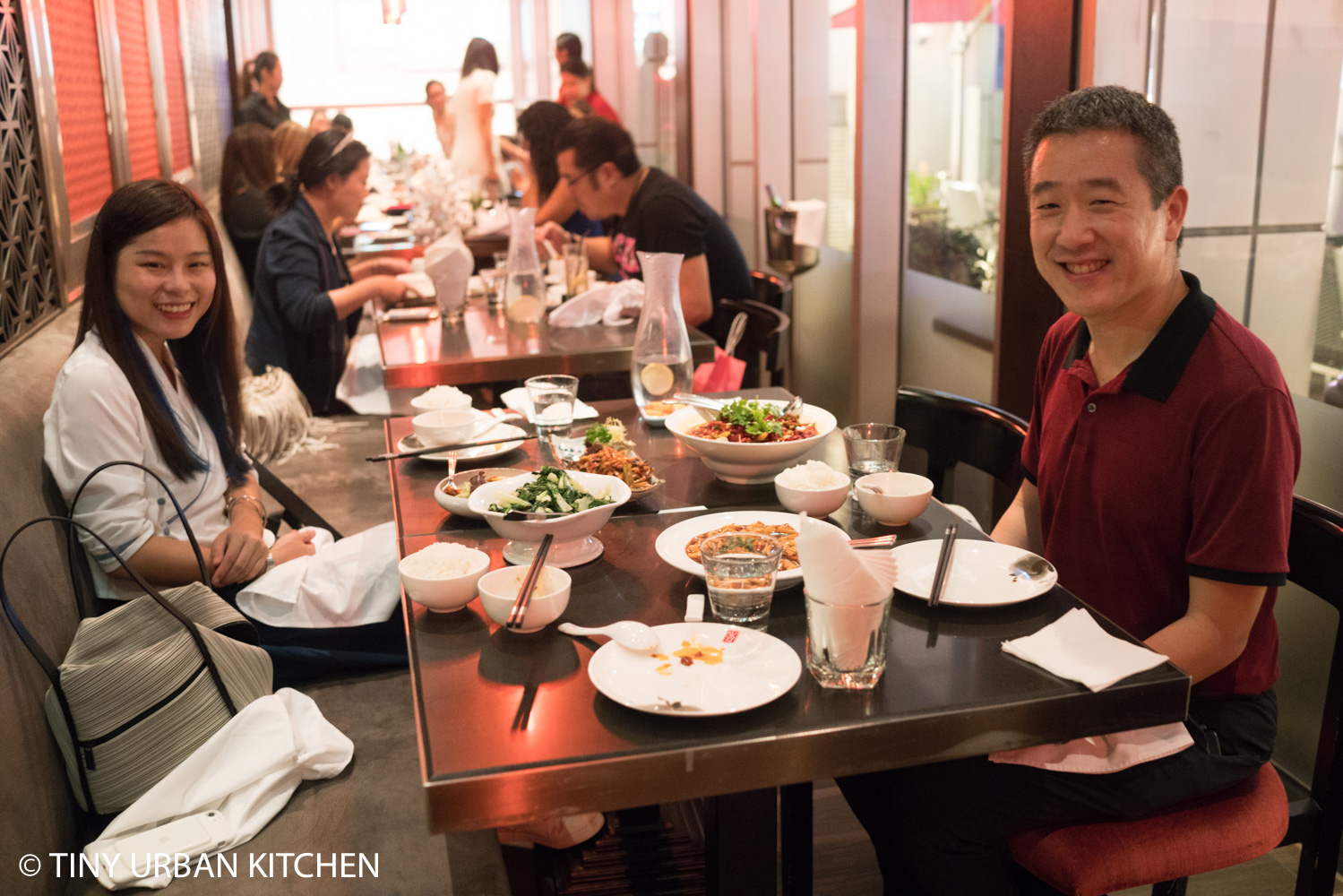
Our Chinese friend acknowledged that the spice level of the dishes at Qi House of Sichuan was authentic. At least to me, the spice levels at this restaurant were not dumbed down for the Cantonese palate.
People who love spicy food will appreciate the bold flavors from this restaurant. I definitely felt that the spice levels here were noticeably higher than other Sichuan restaurants I've visited in Hong Kong. Being only a medium-spice eater, I enjoyed the food but got to the point where all I could taste was spicy "la". Ha ha, my tongue had become numb from both the "mala" and the "la" and couldn't really taste much. I needed frequent breaks! I don't usually eat that much rice, but I definitely ate more rice during this meal in order to tame my tongue!
If you're like me, you might want "breaks" as well to fully enjoy the meal. I would definitely recommend ordering rice as well as maybe one or two non-spicy dishes. I've read that the non-spicy Sugar Glazed Ginger and Scallion Beef is delicious. You could also focus more on the "mala" dishes than the "la" dishes. The "mala" dishes still have a kick, but it's not the predominant flavor.
This place is good. I would definitely take friends who like spicy here. For myself, however, I'll have to stick to places that dumb it down a bit, ha ha . . .
Qi House of Sichuan
Shop 12, 2/F, J Senses
60 Johnston Road,, Wan Chai, Hong Kong
+852 2527 7117


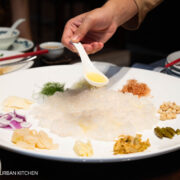
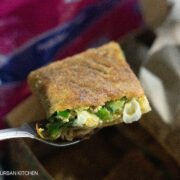
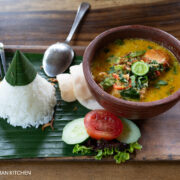



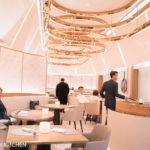
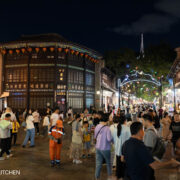
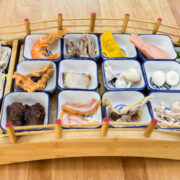
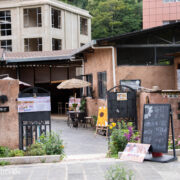

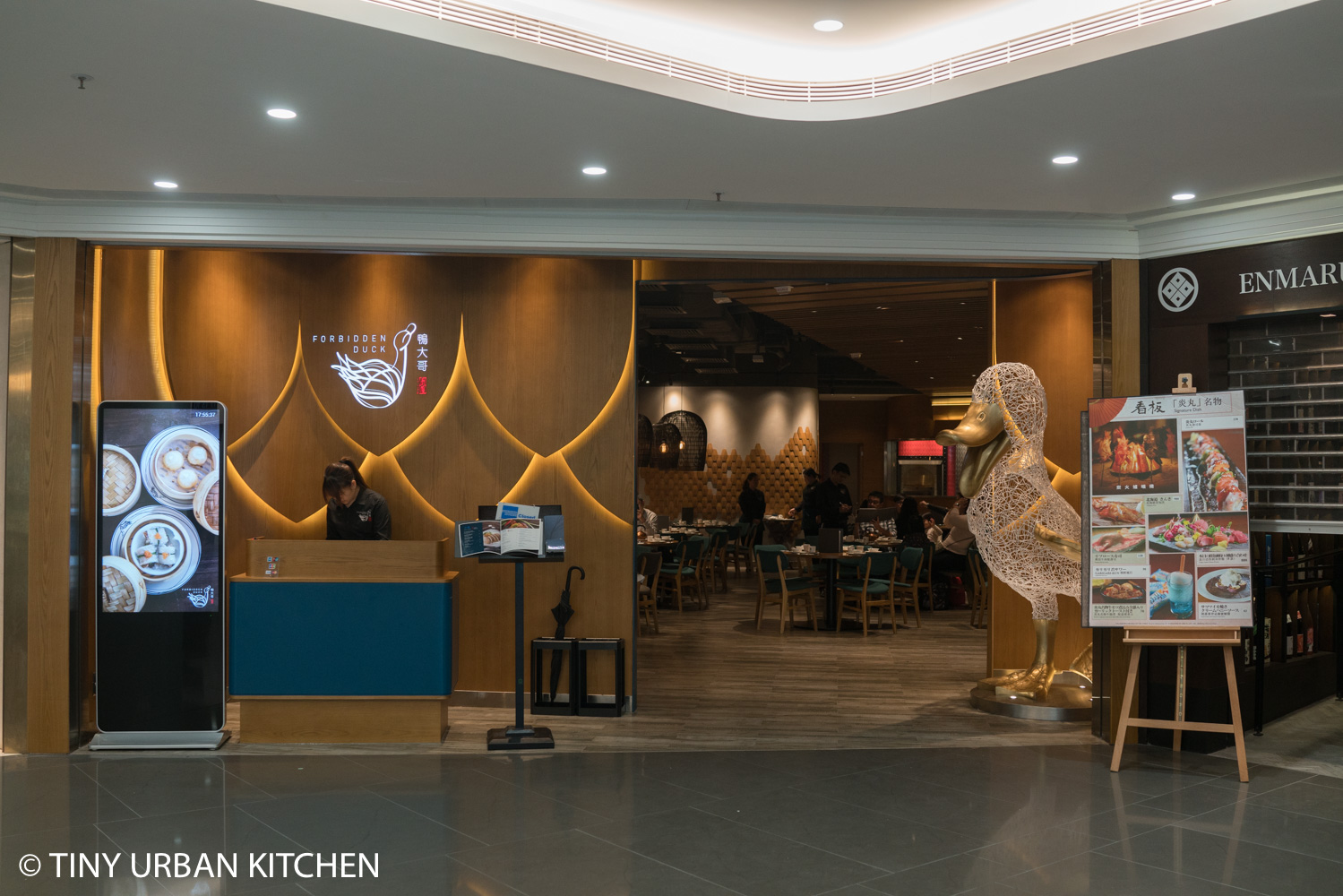
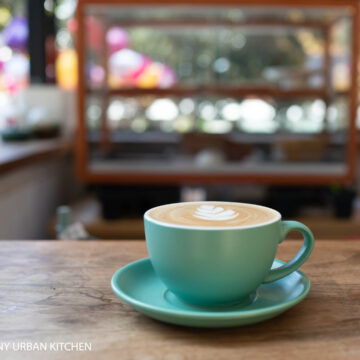
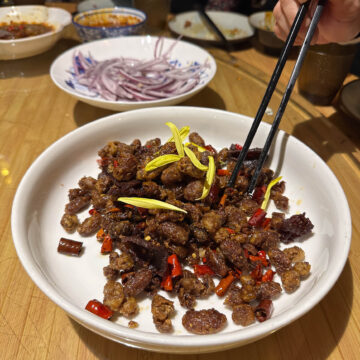
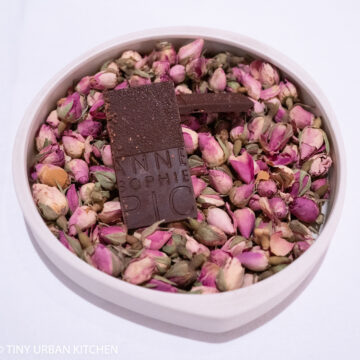
[…] (Wan Chai) Tsui Hang Village – Cantonese (TST) La Piola – Piemontese Italian (Wan Chai) Qi House of Sichuan (Wan Chai) Limewood Repulse Bay La Rambla – Spanish (IFC) Yu Chu Jian Bing – Beijing street food […]